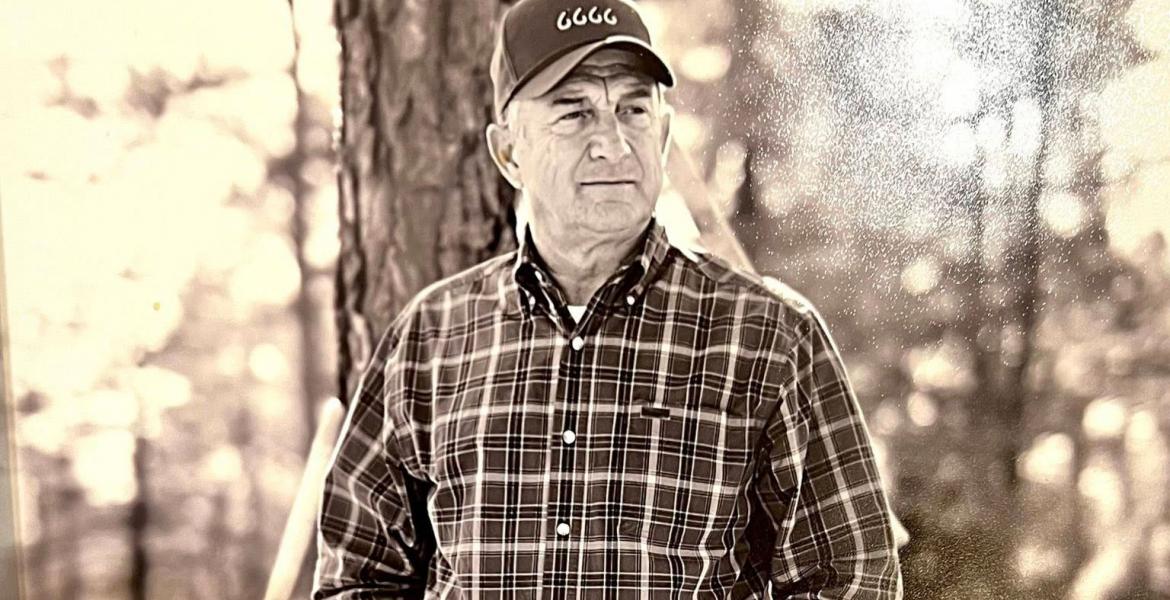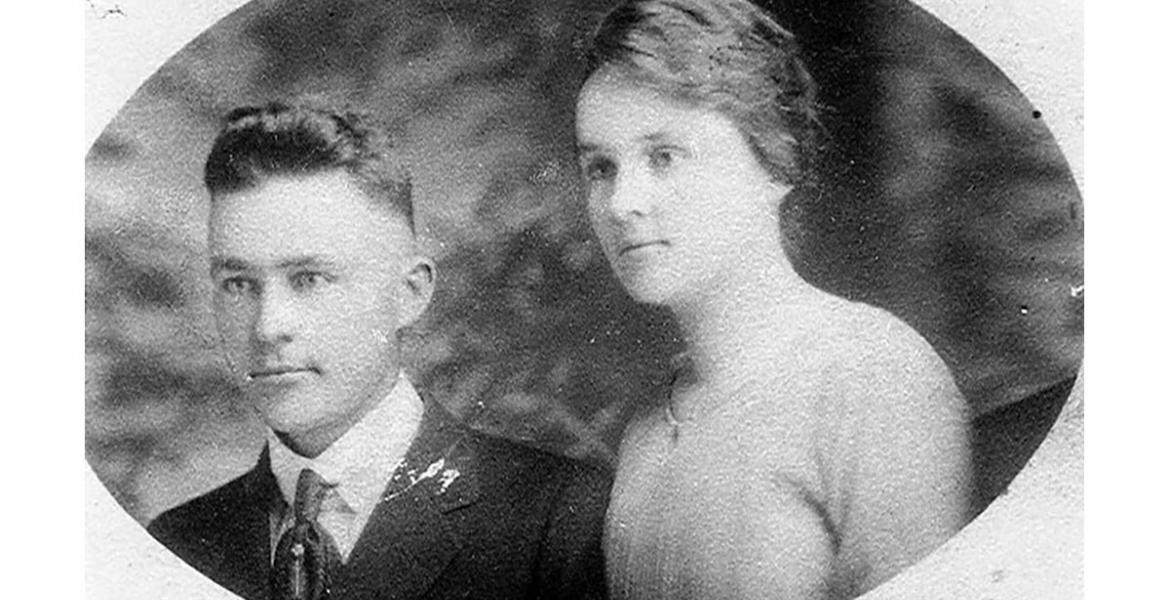“Falling.”
That’s what rock climbers say, when they’re falling, which sounds perfectly logical, of course. If you start to fall from the face of a cliff you’re trying to climb, it wouldn’t make any sense to shout, “Omaha!” or “AAAAHHHH!” Those code words have their place, I’m sure, but they aren’t useful for rock climbers, as a rule. The word ‘falling’ is quite useful for rock climbers, unfortunately.
The thing is, most rock climbers, at least the ones I’ve been around, don’t shout “Falling!” when they’re falling. They say, “falling,” in about the same pitch and volume level you would use to let your friend know you can’t have lunch together because you have a dentist appointment. They say ‘falling’ in a sort of sad, regretful tone, kind of like, “Well, I wish I didn’t have to tell you this, but it’s not something I can put off till later.”
Now, if you’re watching a rock climber, and he or she says, “Falling,” there’s really nothing you can do about it. Unless you happen to be on belay. Rock climbers, at least the smart ones, always have someone ‘on belay,’ just in case they fall. And yes, I realize the term ‘smart rock climber’ is an oxymoron.
The person on belay has a very specific job. That job is to keep the rock climber from dying. So when the climber says ‘falling’ in that regretful voice, this is a signal to the person on belay to pull on the rope, so the climber doesn’t end up splattered on the ground at the base of the cliff he or she is on.
Now, this belay person could be at the top of the climb or the bottom, depending on how things are set up, but generally the belay person is at the bottom. When climbing an established route, there are often anchors bolted into the rock, so the climber can clip in to them. The climber has a rope attached to his or her harness, and once the first anchor is reached, they use a little piece of webbing with a carabiner at each end, and clip the rope to the anchor. Then, if they fall, the belay person can catch them with the rope. In theory.
Although I’ve never been a rock climber (and there’s a second verse to that song), I’ve done a lot of rappelling over the years. So when my son, Leret, asked me to belay him at the annual King of the Crag rock climbing competition at Jamestown Crag near Batesville, Arkansas, I knew what he was asking me to do. And since I figured it would give me a chance to spend a nice day in the woods with my son and some of his friends, I accepted. If your 21-year-old son is going to climb rocks, there’s nothing you can do about it anyway, so you might as well help.
The Christopher family is all about rock climbing. The three brothers, Kyle, Aaron, and the other one, started climbing on the cliffs near Jamestown a long time ago. The area belonged to a logging company, and when the company told the Christopher boys they couldn’t climb there anymore, they pooled their money and bought about ten acres of it, with the cliffs, and called it Jamestown Crag. The cliffs weren’t great for logging anyway, being as how they’re cliffs.
Instead of being selfish, the boys allow climbers to come and do their thing there pretty much anytime. They have attached anchors in the cliffs on about 100 routes, and done an awful lot of work to the place to make it accessible to people who enjoy pointlessly risking their lives. They installed a donations box, but I suspect that, since most of the people who climb there are college students, they probably don’t receive a lot of donations.
A while back they started the annual King of the Crag competition, where climbers can compete for trophies and climbing swag donated by sponsors. The routes are rated for difficulty, and they have names I can’t remember. Names like Greased Booger, and Mike Tyson’s Ear Binge. Strange names. There is a complicated points system, which I managed not to pay any attention to.
Belaying Leret turned out to be a lot of fun. The problem is that he outweighs me by about 40 pounds. Plus, there is the little part I skipped about this process. The climber hooks in to anchors, that are set about ten feet apart, as he climbs the rock face. So, if he’s almost to one anchor, he’s about ten feet above the last one he’s clipped to, so if he slips from there, he falls about 20 feet before he hits the end of the rope.
By the time a 200-pound man falls 20 feet, accelerating all the way due to gravity, he hits the end of the rope with a force of approximately 2,739 pounds. And when the guy on the other end of the rope weighs 160 pounds, that guy is picked up in the air and hurled toward the cliff face. It’s simple physics, I’m told, although I can see now why I failed trigonometry in high school.
Luckily, climbing ropes are dynamic, which means they stretch some, as opposed to static rappelling ropes, which don’t stretch hardly at all. So although Leret fell a couple of times, no one was hurt. And while it would have been bad if Leret had been damaged, it would have been, after all, his fault, since climbing rocks was his idea. If his belay man had been hurt, well, that would’ve been a tragedy.
I highly recommend Jamestown Crag if you ever have a desire to risk your life climbing some really beautiful cliffs in some outstandingly gorgeous country. Personally, I plan to stay on the ground and watch. And if Leret asks me to belay him again, I plan to gain 40 pounds . . .
Kendal Hemphill is an outdoor humor columnist and public speaker who rarely climbs anything more difficult than stairs. Write to him at [email protected].
Subscribe to the LIVE! Daily
Required






Post a comment to this article here: